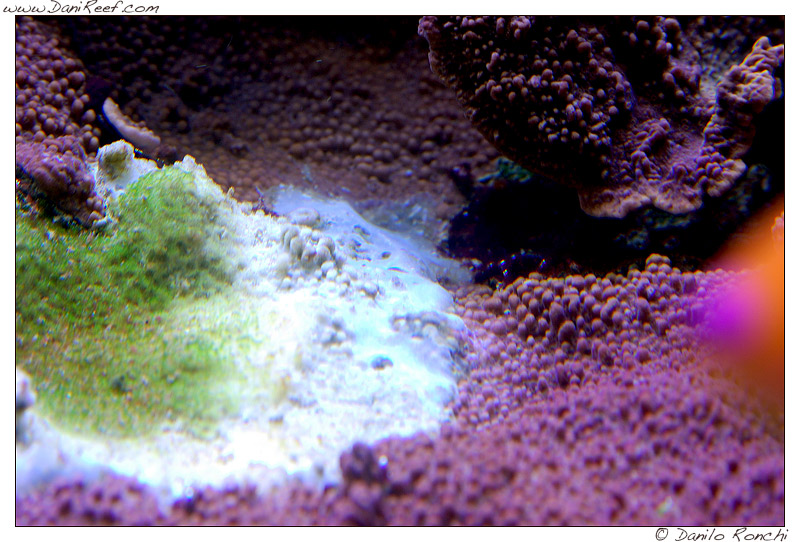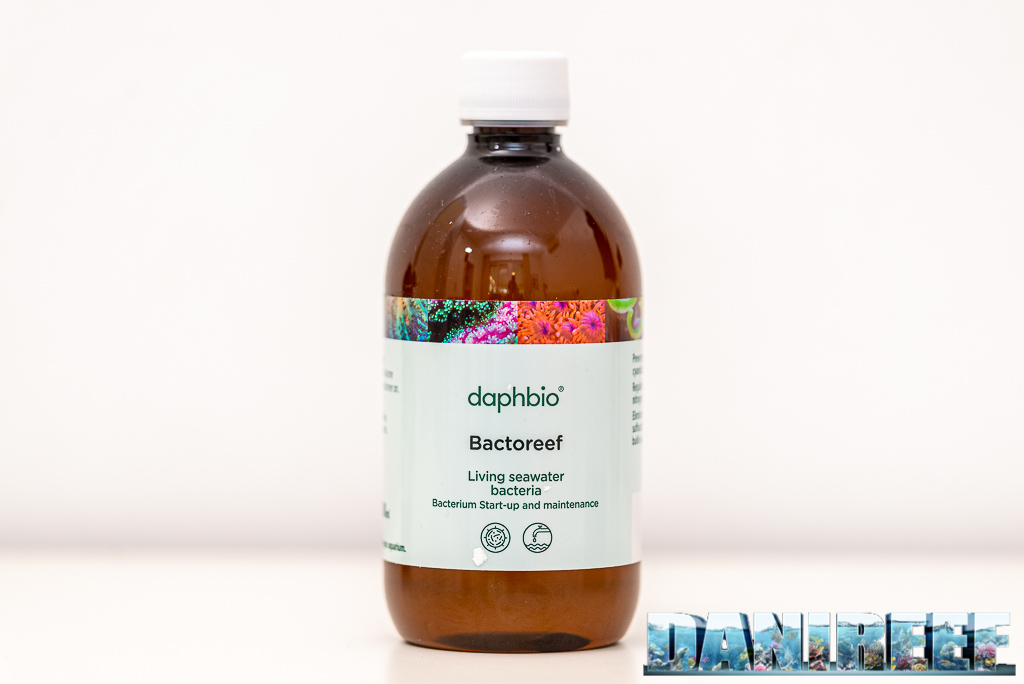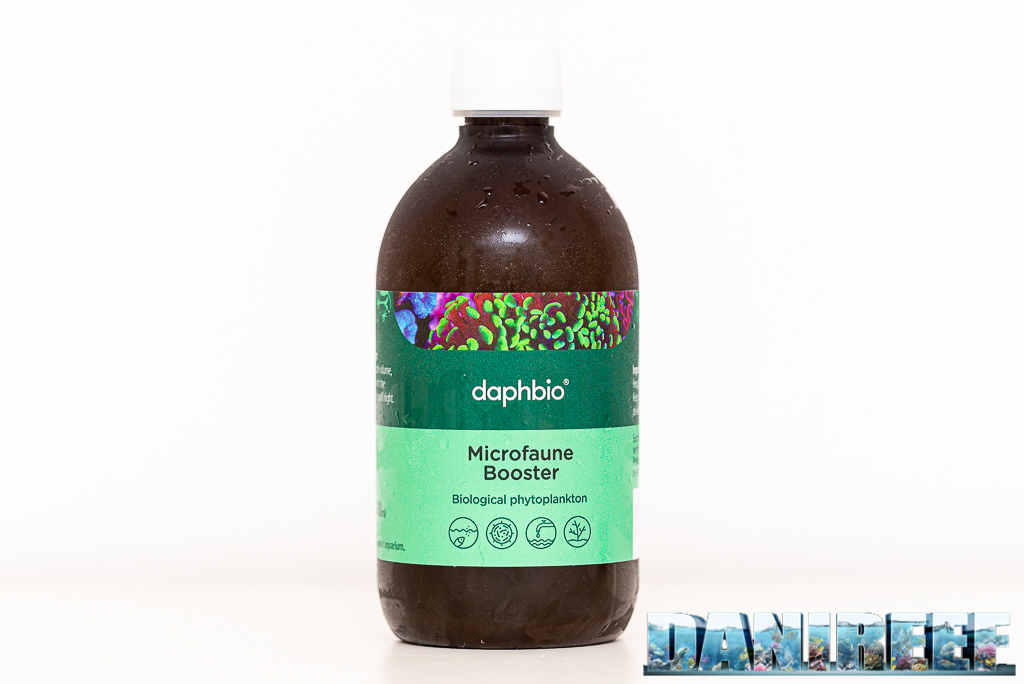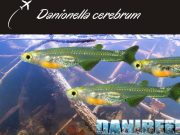When we speak about bacteria in the aquarium, often we know just a few things of these microorganisms. We often hear about methods for bacterial reproduction, but what does it mean? What are the positive and the negative aspects of it?
Bacteria are microscopic organisms, of a maximum size of 30 micrometers. We can roughly classify them into aerobic and anaerobic organisms, depending on whether they live in the presence or absence of oxygen, although there are also facultative anaerobic bacteria that can live in both conditions, and more.
Other classifications are based on shape (bacillus, coccus, spirochetes, vibrio… ) or on optimal growth temperature (cryophily, mesophily, thermophily).
Based on the ability to “build” by themself complex organic molecules such as sugars, starting from sources of inorganic carbon (CO2) are classified in autotrophic organisms; heterotrophic organisms are those that require organic carbon.
Also according to the source of energy used we can distinguish in photosynthetic (that draw energy from sunlight) and chemiosynthetic (which get energy from chemical reactions).
When we exploit the bacterial reproduction dosing organic carbon we are clearly stimulating the growth of heterotrophic bacteria chemiosynthetic.
The last expression is clearly the reason we use bacterial reproduction, that is, to reduce nitrates, being these substances used in the anaerobic metabolism of heterotrophic bacteria and this is clearly because it happens dosing organic carbon sources.
I do not want here, to speak of bacteria in the nitrogen cycle or “PAO” inside zeolite reactor, boring chemical reactions in which the internet is already full. I prefer to define the needs of bacteria and try to give a picture on the reproduction of bacteria in the aquarium.
Each bacterium requires N (nitrogen) , C (carbon) , H (hydrogen) , P (phosphorus), S (sulfur), O (oxygen) if the metabolism is aerobic, whereas “electron acceptors final respiratory chain” in the anaerobic pathway are NO3– (nitrate ion), SO4 = (sulfate ion) ect…
When in our marine acquarium we put carbon sources we add mainly carbon and hydrogen, this happens if we give ethanol (in the form of the vodka or other), or glucose, fructose, sucrose, or acetic acid.
Whatever the source of carbon is, bacterial multiplication derives from the presence in the fish tank of all the growth factors necessaries, usually present in abundant quantities.
The addition of carbon stimulates bacterial reproducing.
So, N, P, S can be removed from the water.
The fish tank lover, is primarily interested in the multiplication of bacteria “facultative anaerobes” , many of which are “denitrifying“, that is using the nitrate ion, NO3–, as a final electron acceptor , since this anion (anion is an atom or group of atoms negatively charged) disappears from the aquarium, or rather it is transformed (if the reduction takes place completely) into molecular nitrogen N2, which, gaseous, through bubbles, moves away naturally.
As these bacteria exploit a facultative anaerobic metabolism (but only in the anaerobic phase using nitrate as a final electron acceptor and only in this way we can take advantage), they live mainly in the more anoxic areas of the tank, that is the lower layers of the DSB, and the inner areas of the rocks.
The bacteria reproduced, if indeed denitrifying reduce nitrates in the tank.
Dosing “carbon” has a supply of this element for all types of bacteria, including aerobic and “therefore” also the nitrifying (which finally increase the nitrates).
In practice, we increase the number of bacteria that increase nitrates and those that reduce them. Exactly, for this reason, specific reactors have been built to maintain anoxic environments in which they fit the appropriate “media” very porous, mainly favoring the reproduction of denitrifying bacteria, which are facultative anaerobes.
Increasing the bacterial mass exponentially, however, the billions of organisms, due to diminishing resources in the tank, could become a danger to the tank, then dying and polluting the environment in which they find themselves. To avoid this, you should consider very carefully whether and when to use methods of bacterial reproduction. Many of these bacteria are preyed by corals, as forming part of plankton bacteria, many others will be “foamed” by our powerful skimmers… that is the reason for which I suggest to dose carbon sources with the skimmer off. If you allow the bacteria to reproduce (within a few hours they will be tenfold) and then turning the skimmer on, the excess of them will be eliminated (especially aerobic). The dosage of carbon with the skimmer off, promotes, among other things, the reproduction of the “anaerobic” because it reduces the oxygen level in the tank; this last operation does not create any kind of danger for living organisms aerobic (fish ect). It thus seems that it is a great way to eliminate nutrients, but…
Uncontrolled development of bacteria, caused by the addition of indefinite quantities of carbon sources, could lead to the famous as dreaded “bacterial bloom”, characterized by a “mist” in the tank, a clouding of the water, followed sometimes by white “patinas” on glasses.
When and if you experience these symptoms, you should immediately change the water, more is better, to reduce the bacterial population, skimming wet and suspend any kind of food (all foods contain carbon and other elements necessary for bacterial reproduction).
Not only that, while it is true that dying microorganisms will pollute, releasing their proteins in the tank, they would turn into ammonia, then into nitrites, both toxic, even living would create problems, since it would use oxygen (aerobes microrganism) and so this could be subtracted from the water, since their huge number, causing the detriment of aerobic species of fish present.
In special reactors (which can also be constructed at home) that “discharge at the entry of the skimmer and with doses of very diluted “carbon sources”, but especially with the knowledge of what you are doing, the bacterial reproduction can be a good system to lower the nutrients and feed invertebrates .
In any case, it is a method absolutely not recommended for newbies and anyone who does not understand the danger.
In the end, I would like to emphasize the risk to reproduce any pathogenic micro-organisms if present in the tank and the clear ethical problem in exploiting this system. The marine aquarium lover should work with nature, with patience, and the balance of his beloved tank will arrive, the, so called, famous matures aquarium.
The bacterial reproduction system instead, in addition to being seen as a symptom of a hurry, certainly leaves the biological balance that alone can keep the marine aquarium stable for a long time and with a lot less hassle, and is characterized by constant and maniacal care over the aquarium system to maintain the bacterial population in perfect working order.




















